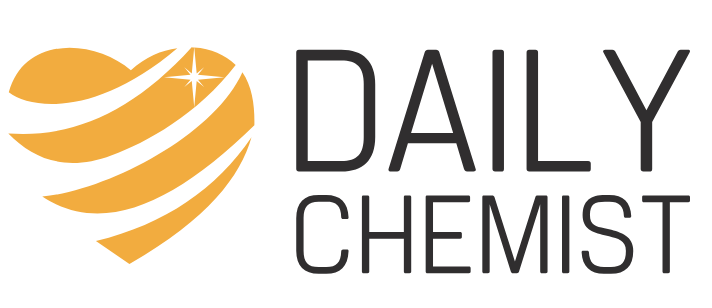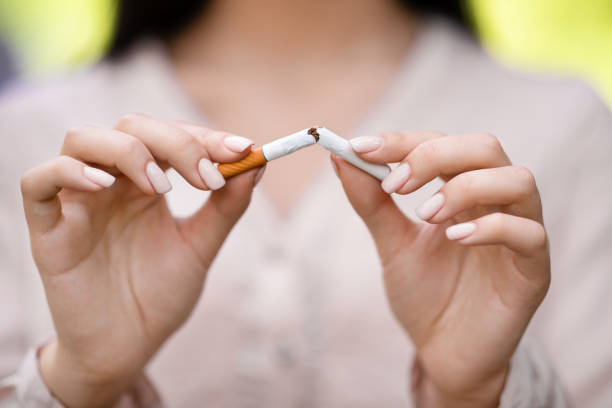Second-hand smoke is the smoke that is produced when people use cigars, cigarettes, tobacco products, and pipes. Both first-hand smoking and second-hand smoke are harmful to your health. People who don’t smoke but breathe in second-hand smoke can face health issues due to inhaling the chemicals of the smoke. It is always wise to put an end to smoking. Your decision will benefit you as well as your family and loved ones.
They will be away from the threat of passive smoke. You can consult with your doctor for ways that can help you quit.
Other names of second-hand smoke are-
- Passive smoke
- Side-stream smoke
- Involuntary smoke
- Environmental smoke
The chemicals present in tobacco I. E., carbon monoxide, nicotine, and formaldehyde harm the body fluids like blood and urine in the non-smokers. The longer people breathe in the passive smoke, the greater they are falling into the risk of health issues.
You may come in contact with second-hand smoke anywhere people are smoking. The places may be the following-.
- Parties
- Workplaces
- Bars
- Homes
- Recreational areas
- Cars
- Restaurants
What are the effects of involuntary smoke?
Both direct smoking and second-hand smoke are injurious to health. This is why it is a wise decision to stop smoking. Passive smoke can also have life-threatening effects on people who inhale it.
Effects of passive smoke on adults
Adults are more exposed to second-hand smoke. You may have a colleague who smokes, you may find smokers in recreational events, and you may have somebody in your home who has a habit of smoking.
Environmental smoke can cause the following health problems in adults-
- Cardiovascular diseases
- Respiratory diseases like asthma
- Lung and other cancers like leukaemia, breast cancer, and lymphoma
- Make hypertension more critical
Effects of passive smoke on children
Children can be more prone to the adverse effects of involuntary smoke as their body is still in the growing or developing stage.
Children who remain in contact with passive smoke can face the following health consequences-
- Ear infections
- Brain tumour
- Lung diseases
- Can make existing asthma symptoms poor
- Constant cold
- Respiratory infections like bronchitis or pneumonia
- Asthma-like symptoms
You should stop smoking if you have children or pregnant women in your home. Infants can face severe health diseases due to passive smoke. Sometimes, it can also lead to sudden infant death syndrome (SIDS).
Pregnant women can also experience fatal consequences of second-hand smoke. They are likely to deliver babies with low birth weight in such conditions. Not only first-hand smoking, but passive smoke can also cause severe health consequences. Therefore, decide today to quit smoking. Your journey may be tough. However, it is not impractical. Once you determine it, you will achieve your aim to give up smoking.
What should you do if you have started up again after quitting smoking?
It is common and natural if people start smoking cigarettes again after they have decided to stop smoking. Nicotine cravings are tenacious, and the withdrawal symptoms hit people strongly. Managing your schedule and controlling yourself becomes hard in such times. The good news is that every issue can be resolved. You can quit smoking even you have started it again.
Consult with your healthcare provider for ways that can help in the same concern. However, you can also consider the following-
Have faith in the process
Quitting is a process, not an event. Therefore, you have to keep faith in the journey. Even if you have stepped back, you can still work on your decision. Relate it to the course of learning how to ride a bicycle. Like children put their feet on the ground when they feel imbalanced, people also step back when could not control nicotine cravings anymore.
You should know that the withdrawal symptoms would not hit you as hard as you experience them the first time. Here, you are not beginning from scratch; you are beginning with the experience.
Defeat the next craving
Remember what triggered the nicotine cravings, and don’t let them slip up again. Forgive yourself and work to stop smoking again. Avoid going to any person or place, which may elicit you to smoke again. Remain in a smoke-free area and spend time with your family and friends. Don’t stress out what happened, accept it, and move on.
Question yourself
Ask yourself some questions so that you may know what dragged you back to smoking. They are-
- What kind of mood you had?
- Which people were with you?
- Where were you?
- What you experience that day?
After getting the answer to these questions, consider the following to recover your motivation-
- Keep yourself engaged
- Take deep breathing
- Delay for a period (10-15 min)
- Drink plenty of water
Don’t lose hope even if you have started smoking again. It is a learning process, and it is natural to fall down before you stand with certainty.
Identify the problem
Triggers may drag you back to smoking, and it can happen in every stage of your journey to quit. The main issue is identifying and implementing the ways that can help avoid the triggers. Some of the things you can do are-
- Stay away from people and places where you can be exposed to smoke
- Make your home smoke free
- Spend time with your loved ones, family, and friends
- Make time for your hobbies
- Get moving
- Give your mouth something to chew like vegetables, hard candies, and sugarless gums
Tell someone
Tell a friend, family members, or loved ones about what you have faced. Their support can help motivate you again. You can also share it with your healthcare provider. He or she may assist you to stop smoking again.


